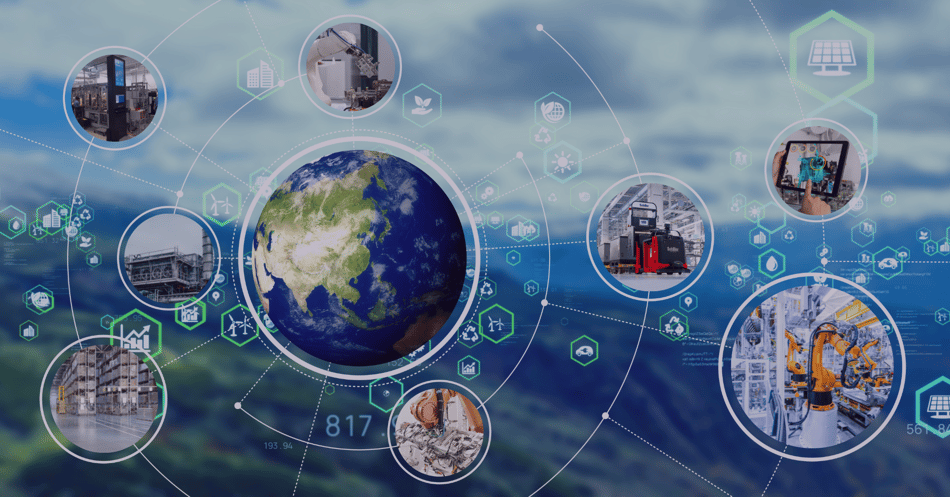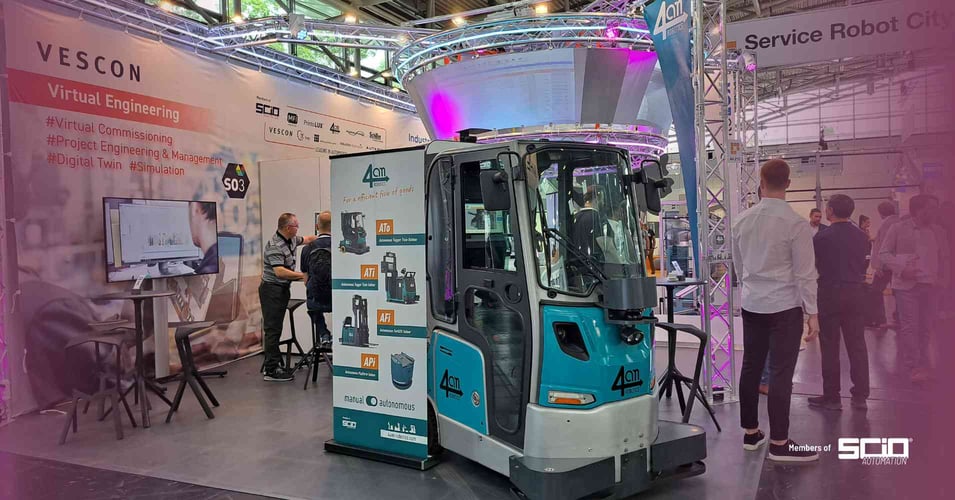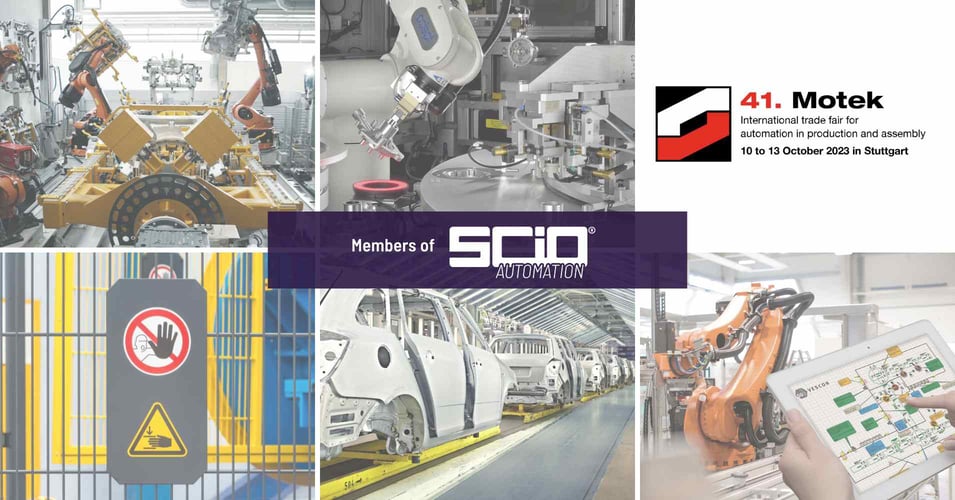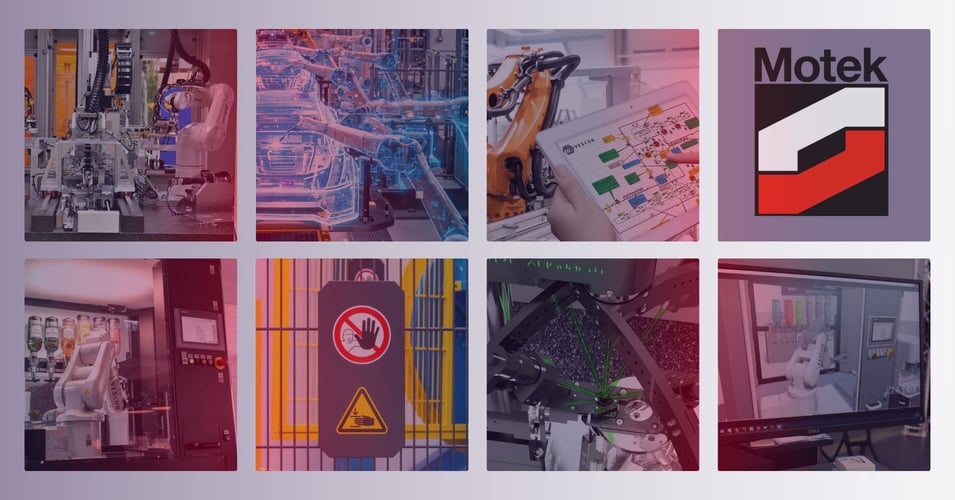
Progressive climate change, competitive pressure, political instability - business and industry are under increasing pressure these days. If you want to survive as a manufacturing company in these times of crisis, you need to be many things, but above all, you must be sustainable. Manufacturers believe that the greatest potential in terms of how to deal with this responsibility lies in transitioning towards a smart factory, which is the heart of the 4th Industrial Revolution. But is the smart factory really the solution to managing the balancing act between cost effectiveness and sustainability?
Scarcity of resources and its effects have already been hot topics in industry for several years. However, current events in particular, as well as the Covid 19 pandemic, have clearly brought the risks of standardized production processes to light, including global supply chains in the manufacturing industry, bringing the need for a serious rethink even more sharply into focus.Unfortunately, you can’t just churn out sustainability like a machine, whilst ensuring that resources are used efficiently. Nevertheless, many digital and automated Industry 4.0 solutions are already demonstrating what’s possible in terms of sustainable production.
Three routes to sustainability
1. Reducing consumption while improving efficiency: smart resource management
In industry, resource management means planning and controlling relevant resources for production. In addition to raw materials and supplies, the focus is also on plants and machinery. The goal is to optimize the production process in terms of resources, time and expenditure to improve manufacturing efficiency, while keeping resource utilization to a minimum. To do this, businesses need to be:
Acquiring detailed data sets continuously over time.
In a smart factory, all components in the production environment are networked in a common digital system. This ensures that production data is available in sufficient quantities to ensure that the process can be analyzed, planned and subsequently controlled. This level of seamless interaction as well as the exchange of real-time data also enables the production process to be independently controlled and further optimized.
2. From global to local – Circling back to domestic production
Industry has developed a global production system over the last few decades that primarily focuses on economic model of ‘more and cheaper is better’. However, in light of the climate debate as well as supply chain issues exacerbated by the pandemic, there is a growing desire to bring production chains back home. A clear trend is also emerging that’s moving towards what’s known as "mass customization" - combining the flexibility and personalization of products for individual customers, along with the low unit costs of mass production. This trend requires short, flexible and innovative production processes that simply cannot be developed within a global network. The Smart Factory, on the other hand, ensures maximum flexibility, agility whilst ensuring cost and resource efficiency at the same time via autonomous systems and intelligent networking of intralogistics and production. Companies are much better position to meet growing demand as a result.
3. Sustainability via the digital twin
The "Digital Twin" is the talk of the town at the moment as a key technology for sustainable production. The Digital Twin fully replicates its physical counterpart in a virtual space, and does so throughout its entire life cycle. The physical twin can be a product, a plant, or even a process. By linking the real world with the digital world of manufacturing, companies can test new processes in digital spaces and simulate and sustainably improve how physical plants operate. This could ultimately result in a positive ripple effect across the value chain, from product development to process management and supply chain optimization. Simulation in this risk-free space opens up entirely new opportunities for companies, especially in terms of conserving scarce resources:
• Eliminating expensive prototypes
• More accurate capacity planning
• Detailed overviews of energy and water consumption
• Calculating impending equipment failures and faults
• Maintenance only when required
• Efficient production process planning
What does all this mean? In short, the digital twin concept not only ensures that your business is operating sustainably with the environment in mind, but it also creates massive operational cost savings.
While the SCIO Group has already been successfully relying on Virtual Commissioning for years when it comes to automating new plants, the group has now expanded its expertise to include the Digital Twin and has already implemented it for technology customers to make integrating new components much simpler for ongoing production.
We've developed this with the expertise we’ve gained from VIBN, as well as making the most of an in-house software development - SO3 Hiberion, which is used to optimize production processes.
.png?width=1920&name=Blogbeitrag%20Sustainable%20Smart%20Factory%20(1).png)
Click here to read more about SCIOs Innovative Services.

















